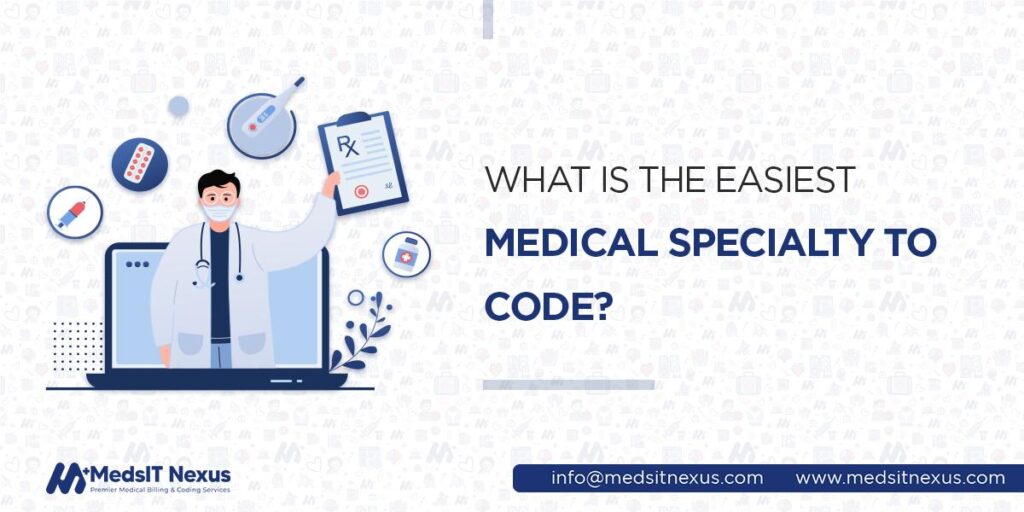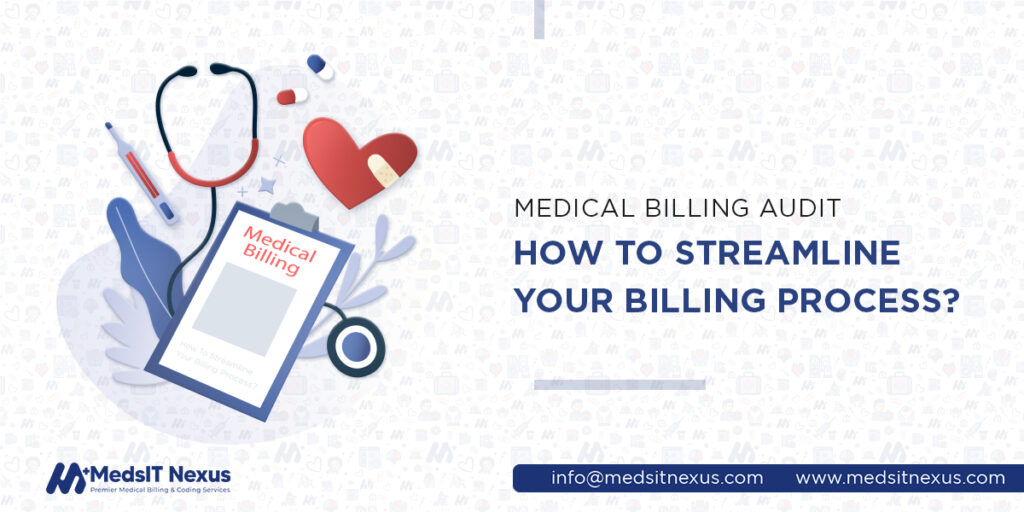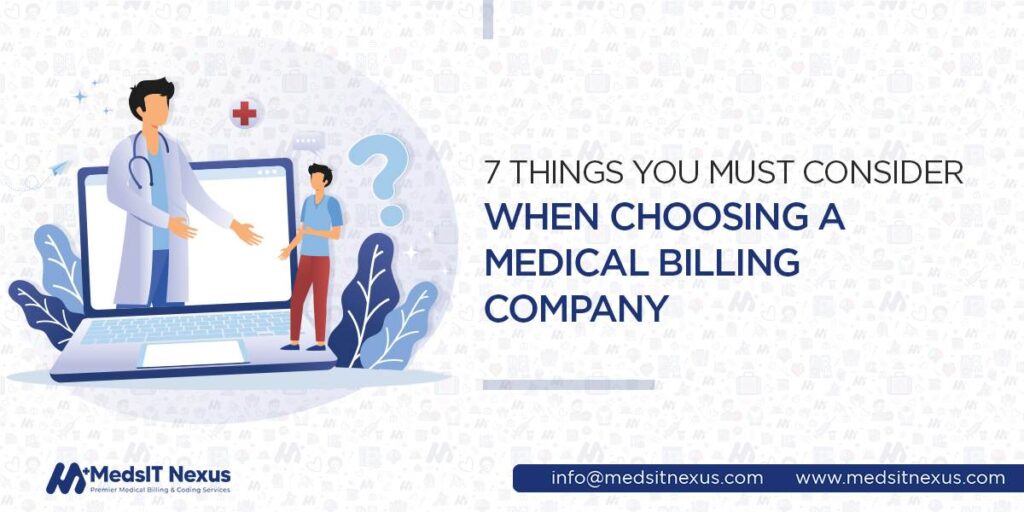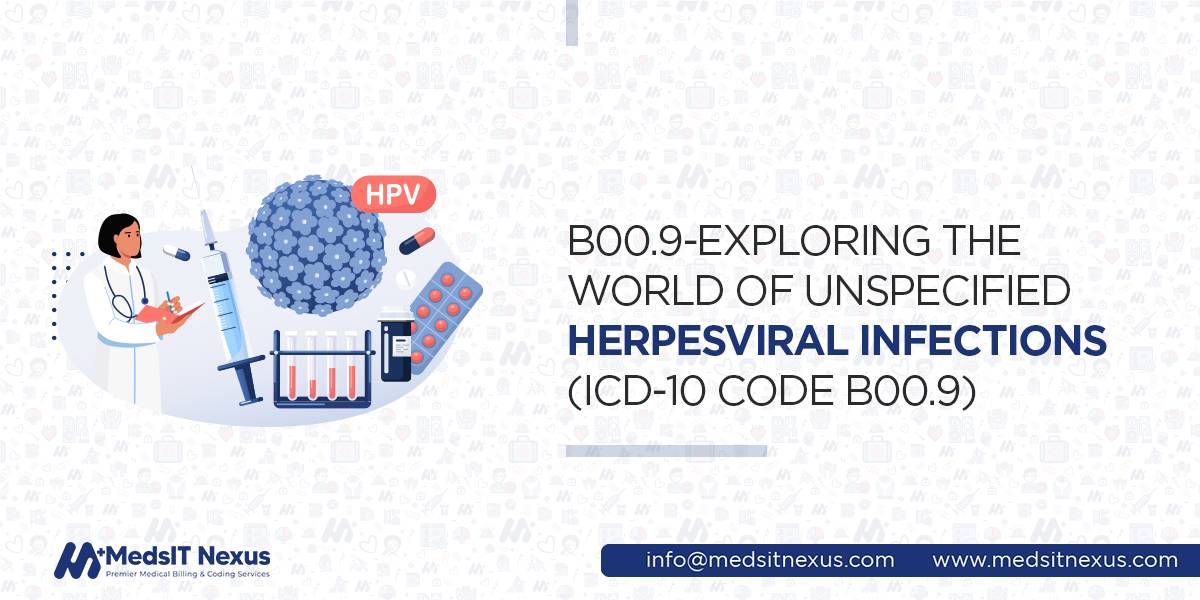What is the Easiest Medical Specialty to Code?

As medical coding continues to grow in importance in the healthcare industry, more and more individuals
are seeking to enter this field. However, knowing which one to focus on regarding coding can be
challenging with so many medical specialties. Coding practices can differ significantly between medical
specialties, with each area having unique codes and regulations. While no specialty is “easy” to code,
some may be easier.
This article will discuss the easier specialty along with challenges in some specialties.
What are the Easiest Specialties to Code?
Mental health services present a seamless, straightforward coding and billing process in outpatient
care. In the outpatient office setting, mental health services can be efficiently and effectively
provided by skilled psychologists who are well-versed in diagnosis, treatment, and support.
Using a standardized Current Procedural Terminology (CPT) code, mental health providers or coders
can
efficiently document and communicate the specific services provided to each patient. These codes help
ensure that patients are billed accurately for their care and that insurance providers can understand
the provided services. Providers can monitor patient progress using a consistent code, adjusting
treatment plans as needed.
What do Medical Coders do?
Medical coders assign codes to medical diagnoses and procedures, translating the information from the
patient’s medical records into alphanumeric codes used for claim submission, billing, and reimbursement.
They work in different settings, such as hospitals, clinics, billing agencies, and insurance
companies.
They are an essential part of RCM in the healthcare industry because they are responsible for reviewing
medical records, assigning correct codes (CPT, ICD, HCPCS), communicating with healthcare professionals
to clarify medical records, and with insurers to know coverage and rules. Moreover, they are also
responsible for the accuracy, staying updated with coding changes, and maintaining the confidentiality
of patients’ records to escape fines and penalties.
How to Become a Medical Coder?
Becoming a medical coder requires some steps to follow, such as:
- To become a medical coder, one must have a high school diploma or equivalent.
- In addition, medical coders must complete a coding education program. These programs can range from a few months to two years and can be completed online or in person.
- Medical coders should also pass a certification exam to become certified and competitive. These certifications include CPC, CPC-A, CCS, CIC, COC, CMC, etc.
6 Challenges to Watch Out for In Medical Specialty Coding
Let’s talk about the different challenges faced by different specialties.
Urgent Care Billing
Urgent care services differ from primary and emergency care services and treatments. Proper billing is challenging for providers since the specialty has specific codes assigned starting with the letter "S." These "S" codes are uniquely used for urgent care billing services along with the Healthcare Common Procedure Coding System (HCPCS) and are recognized by urgent care providers in healthcare. Some of the common challenges for providers are:
Coding Guidelines and Regulations - In order to code and bill the service, urgent care providers need to follow Medicare urgent care guidelines and requirements of insurance payers. Billing for urgent care requires E&M CPT Codes and HCPCS Codes to report the procedure and services. However, medical claims are either denied or rejected if the guidelines and insurance payer requirements are not appropriately considered in the billing and coding of urgent care.
Pre-authorization - Coding urgent care treatments is challenging for professionals since the service is performed within 24 hours. Consequently, collecting and verifying patient information is challenging for providers due to the need for more time and urgent situations. Moreover, providers need to confirm a patient's eligibility for treatment and insurance coverage to proceed with the service, but more time is required for the completion. As a result, providers deal with claim denials and rejections, for they frequently need to pre-authorize the patient, leading the practice to lost or late payments, revenue, and lesser reimbursement rates.
Medicare Coverage - Medicare coverage is an essential component of proper medical billing. More than 80% of urgent care services are covered under Medicare Part B. Patients need to meet the Part B deductible for coverage. The care provider must pay 20% of the Medicare-approved amount for the services received. However, ensure that all urgent care services accept Medicare coverage, which can be less profitable for private payers.
Nephrology
It focuses on diagnosing, treating, and managing kidney-related conditions and diseases. Some of the common challenges in nephrology medical coding include the following:
- Accurately coding for chronic kidney disease is challenging due to the condition’s complexity and the disease’s different stages. The stages of CKD range from stage 1 (mild) to stage 5 (end-stage renal disease), and each stage requires specific documentation and coding. It is essential to have a thorough understanding of the clinical documentation and the coding guidelines for CKD to ensure proper coding and reimbursement.
- Coding for dialysis (standard treatment for end-stage renal disease (ESRD) patients) services can be challenging due to the different types of dialysis and the frequency of treatments. Proper documentation is crucial to ensure accurate coding and appropriate reimbursement.
Cardiology
Cardiology signifies the focus on heart-related problems with some challenges of coding in this
specialty, such as:
Documentation Requirements
Incomplete or unclear documentation can lead to incorrect code selection, denials, and audits.
Cardiology
documentation
must be specific, detailed, and comprehensive, reflecting the procedures’ complexity.
Multiple Code Options
Cardiology coding often requires multiple codes to reflect the complexity of the procedures involved
accurately.
For example, a single cardiac catheterization may require codes for the catheterization procedure,
imaging guidance,
and
the injection of contrast material.
Keeping Up with Regulatory Changes
The Centers for Medicare and Medicaid Services (CMS) regularly updates its coding guidelines and
regulations, which
can
significantly impact cardiology coding. For example, in 2021, CMS updated its National Coverage
Determination (NCD)
for
Transcatheter Aortic Valve Replacement (TAVR) procedures. The updated NCD includes new requirements for
documentation
and coding, which can significantly impact reimbursement for TAVR procedures.
Pediatrics Specialty Coding
This medical specialty focuses on the care of infants and children, and while coding for this specialty,
there are
particular challenges, such as;
Age-specific coding rules
Pediatric patients are classified into different age groups, each with unique coding rules. Coders must
understand
the differences between the age groups to code procedures and treatments accurately.
For example, coding for an infant with a congenital heart defect will differ from coding for a teenager
with the
same condition.
Addition of codes
The ever-evolving world of coding has witnessed a remarkable transformation by introducing 25 new codes
that cater
specifically to the complications and practices that arise during the early stages of a newborn’s life.
To
complement these new codes, a set of revised Z codes has also been added to the repertoire of options
for describing
pediatric behavioral disorder screenings, mental health issues, and developmental delays.
Radiology
Radiology uses imaging techniques such as X-ray, CT scan, MRI, ultrasound, etc., to diagnose and treat
various
conditions, and in this regard, radiology coding plays a crucial role; however, it encompasses several
challenges
below.
Proper documentation
One of the biggest challenges you face is the need for detailed and accurate documentation of your
patient’s medical
history and anatomical location, down to the smallest detail. No matter how insignificant it may seem,
every piece
of information you provide could mean the difference between a successful insurance claim and a costly
denial.
Staying updated
To keep the cash flowing, you and your team must stay on top of the latest billing codes and
regulations, constantly
adapting to changes in the industry. Recently, there have been significant changes to codes for fine
needle
aspiration and magnetic resonance elastography and the deletion of older codes for breast MRI and
computer-aided
detection.
Orthopedic Specialty Coding
Here are significant challenges involved in orthopedic (a specialty that deals with musculoskeletal
conditions)
coding:
Complex Anatomy and Terminology
Orthopedic coders must thoroughly understand human anatomy and medical terminology to code orthopedic
procedures
accurately. Orthopedic procedures often involve complex structures, such as bones, joints, ligaments,
and tendons,
that require precise coding.
Proper Use of Modifiers
Modifiers are used in medical coding to indicate that a service or procedure has been modified somehow.
In
orthopedic coding, modifiers often indicate the side of the body affected, the type of anesthesia used,
or the
extent of the procedure performed. Proper use of modifiers is essential to ensure accurate reimbursement
and prevent
claim denials. For example, if a patient has a procedure performed on the left knee, the modifier LT
would indicate
the left side.
Accurate Documentation
Accurate documentation is essential in orthopedic coding to ensure the correct codes are assigned. The
documentation
should clearly describe the patient’s condition, procedures performed, and any complications or
co-morbidities that
may affect the coding. Inaccurate or incomplete documentation can lead to claim denials and delays in
reimbursement.
Ophthalmology
Some of the most common procedures in ophthalmology include cataract surgery, glaucoma surgery, and corneal transplantation. For example, cataract surgery involves the removal of the cloudy lens and replacement with an artificial lens. Proper coding for cataract surgery requires accurate documentation of the type of lens used, the surgical technique used, and any other procedures performed during the surgery.
Samuel White, MBA-HC, CPAR -
Lead Author & Senior Healthcare Revenue Cycle Strategist at MedsIT Nexus
Leads editorial process for the publication of Technical RCM guides, reimbursement optimization case studies, and compliance-focused research content, expert evaluations of RCM software and medical billing solutions.






